A successful DevOps implementation has two cornerstones, Continuous Integration and Continuous Deployment. Enterprises can reap the bottom-line benefits of an optimized CI/CD pipeline by automating their build, integration, and testing processes. Conventional IT dev processes involve security at the end of the application or software stack. To break down development and delivery process silos and ship software faster and more securely, securing CI/CD workflows has become necessary. Governance shortcomings and fragmented toolchains also risk the continuous release and deployment automation for applications. Thus, DevSecOps is the natural next step of DevOps that converges development, operations, and security teams. The missing link in CI/CD pipeline optimization helps promptly manage persistent security threats in the enterprise ecosystem.
What is DevSecOps?
The DevSecOps process integrates IT security practices into your application’s entire life cycle. It factors application and infrastructure security considerations from the start without pushing the security team’s role to the final development stage. It is used to establish the following goals.
- Empower the Development Team to optimize CI/CD security and automate remediation through the improved visibility of vulnerabilities, risks, and code coverage.
- Prevent pipeline vulnerabilities using the incident history from InfoSec.
- Maintain a Trusted Repository that is threat-free.
- Verify functional stability, security & compliance before GO-Live.
Why DevSecOps Integration Matters
- It tests every piece of code upon commit for security threats at optimized costs.
- The developer can remediate while working on their code or create an issue with a single click.
- The security team can monitor and manage lurking vulnerabilities captured as software development by-products.
- A single source of truth can help with remediation collaboration among developers, operations professionals, and security experts.
- A single tool minimizes integration and maintenance costs throughout the DevOps pipeline.
Enterprise DevSecOps Integration with GitLab Secure
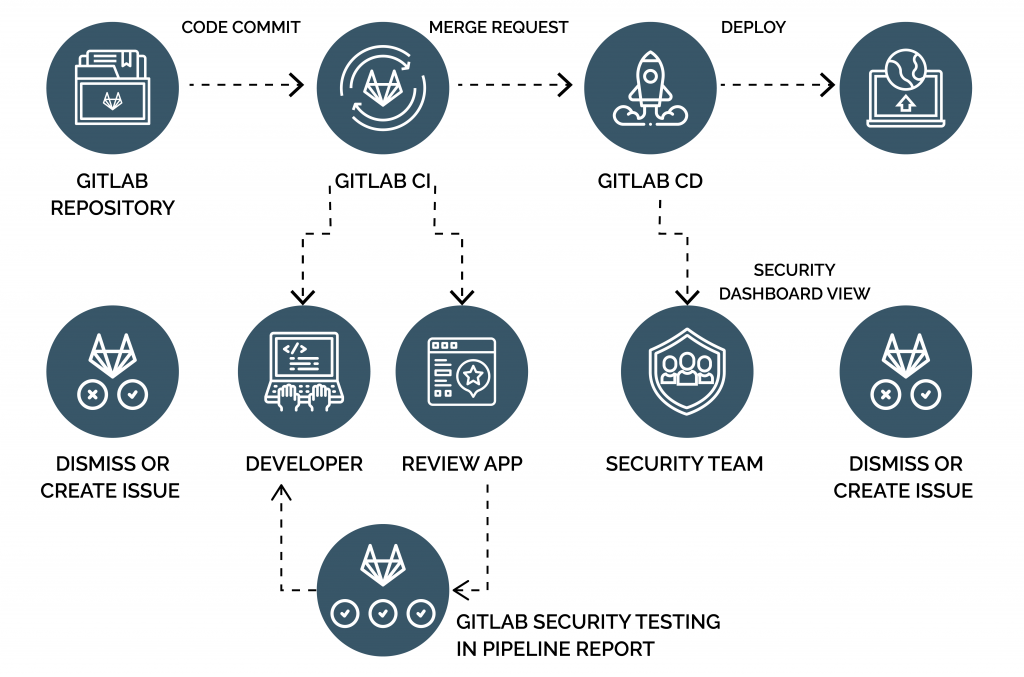 With GitLab Secure, businesses can continuously secure high-velocity DevOps. GitLab Secure covers the entire DevSecOps Cycle from Manage to Defend in a single application.
With GitLab Secure, businesses can continuously secure high-velocity DevOps. GitLab Secure covers the entire DevSecOps Cycle from Manage to Defend in a single application.
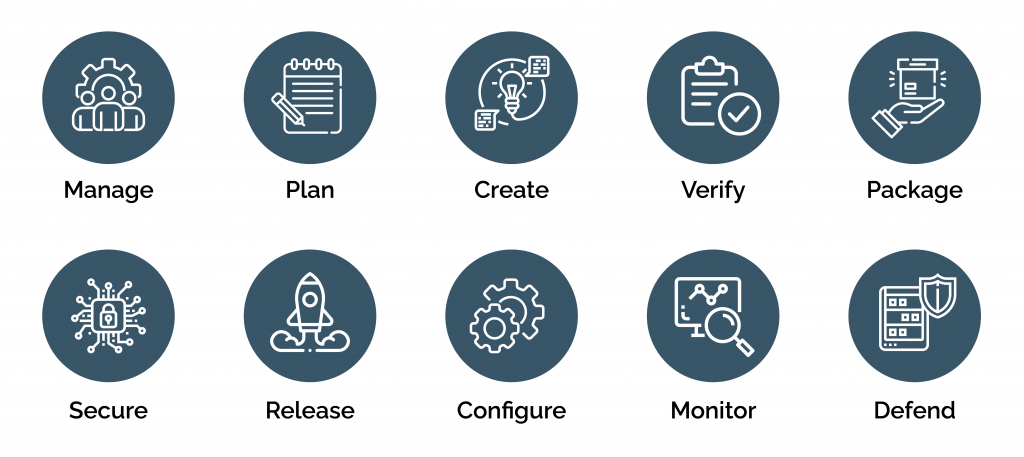 A single sign-on eliminates the need for separate tool access requests, reduces context switching, and improves cycle time. GitLab Secure improves quality, security, and developer productivity by,
A single sign-on eliminates the need for separate tool access requests, reduces context switching, and improves cycle time. GitLab Secure improves quality, security, and developer productivity by,
- Offer actionable vulnerability findings through application security testing and remediation. This helps security professionals resolve and manage vulnerabilities easily.
- Add Cloud-native Application Protection and monitoring capabilities to secure production environments.
- Ensure Policy Compliance and Auditability through GitLab’s end-to-end transparency, MR approvals, compliance dashboard, and standard controls.
- Provide SDLC Platform Security covering all the software stages.
GitLab Secure Features
Each of the following features displays vulnerabilities and analysis results in line with each merge request for immediate resolution.
Static Application Security Testing (SAST)
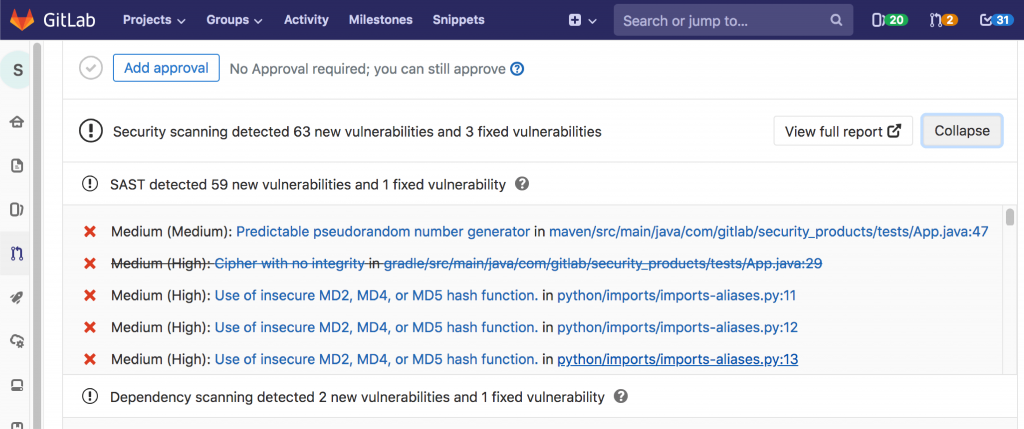 Scan the application binaries and source code to spot potential vulnerabilities (like harmful code leading to SQL DB injection) before deployment.
Scan the application binaries and source code to spot potential vulnerabilities (like harmful code leading to SQL DB injection) before deployment.- Scan results are collated and presented as a single report.
- Assess vulnerabilities in the GitLab pipeline and manage issues with one click.
Dependency Scanning
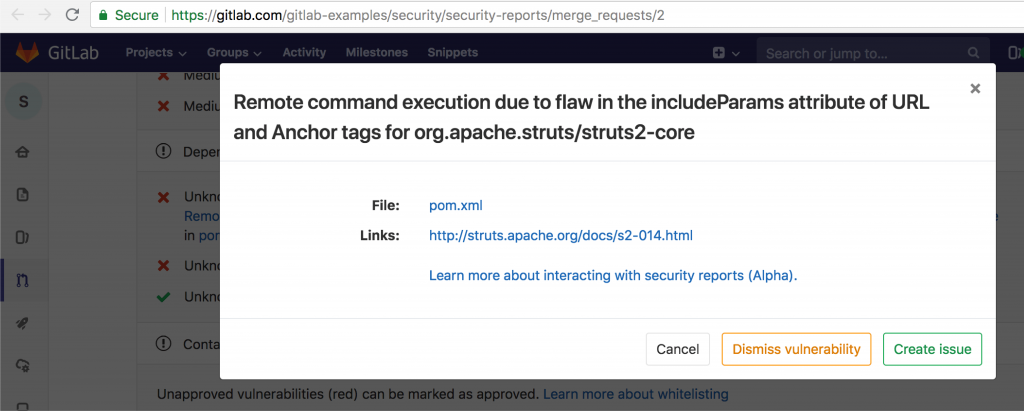 Analyses external dependencies like libraries and versions for known vulnerabilities on each code commit in the CI/CD pipeline.
Analyses external dependencies like libraries and versions for known vulnerabilities on each code commit in the CI/CD pipeline.- Identifies dependencies needing critical updates.
Container Scanning
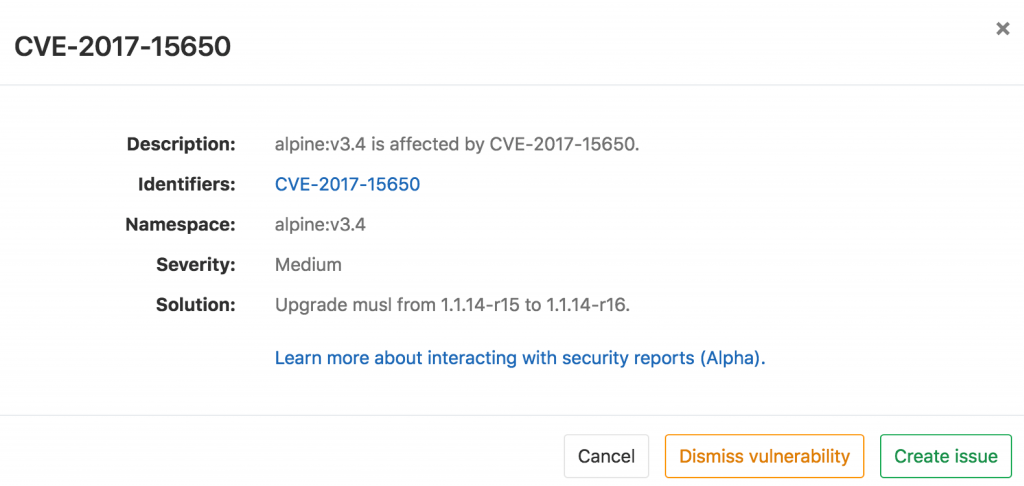 Check for known vulnerabilities in the app environment’s docker images (such as using a dependency’s older version) using an open-source tool called ‘Clair.’
Check for known vulnerabilities in the app environment’s docker images (such as using a dependency’s older version) using an open-source tool called ‘Clair.’- Help prevent the redistribution of vulnerabilities via container images.
- Vulnerabilities are displayed in-line for each merge request.
Dynamic Application Security Testing (DAST)
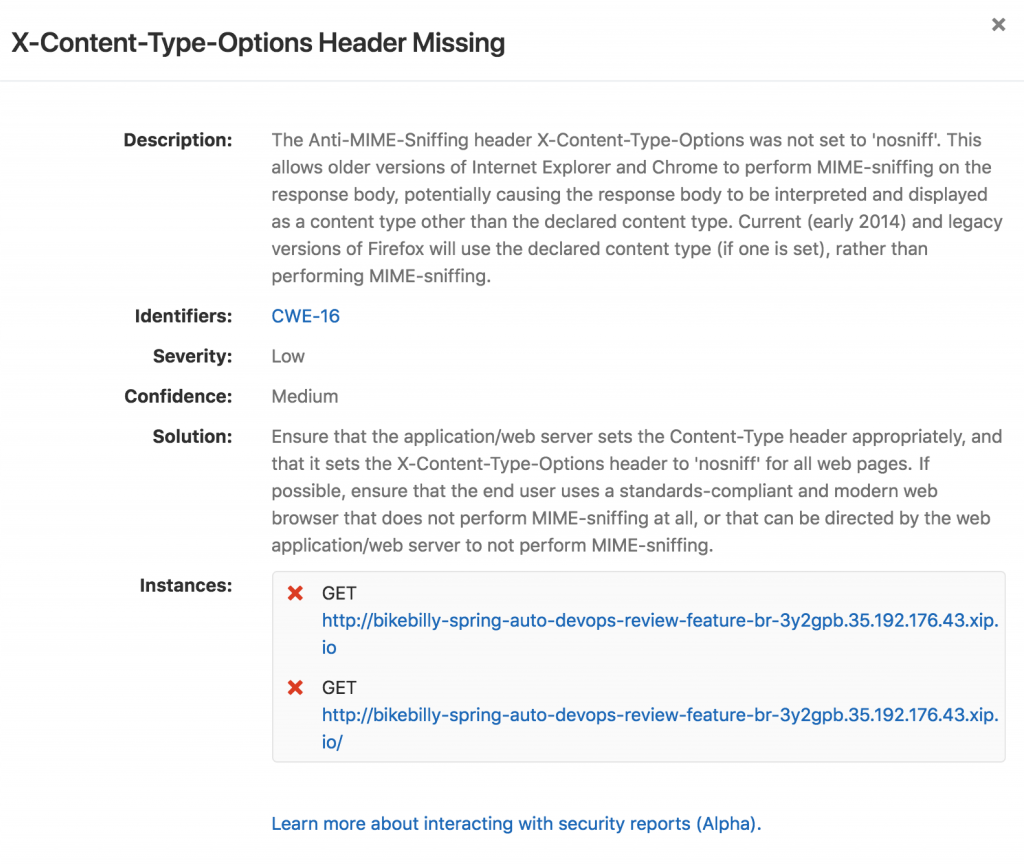 Analyze running web applications for runtime vulnerabilities (like missing X content type options header) by running a live attack against an app or environment.
Analyze running web applications for runtime vulnerabilities (like missing X content type options header) by running a live attack against an app or environment.- Leverage GitLab’s review app CI/CD capability to scan the SDLC earlier dynamically.
- Display results in a sorted list of vulnerability severity levels.
- Accept HTTP credentials to test private apps.
License Compliance
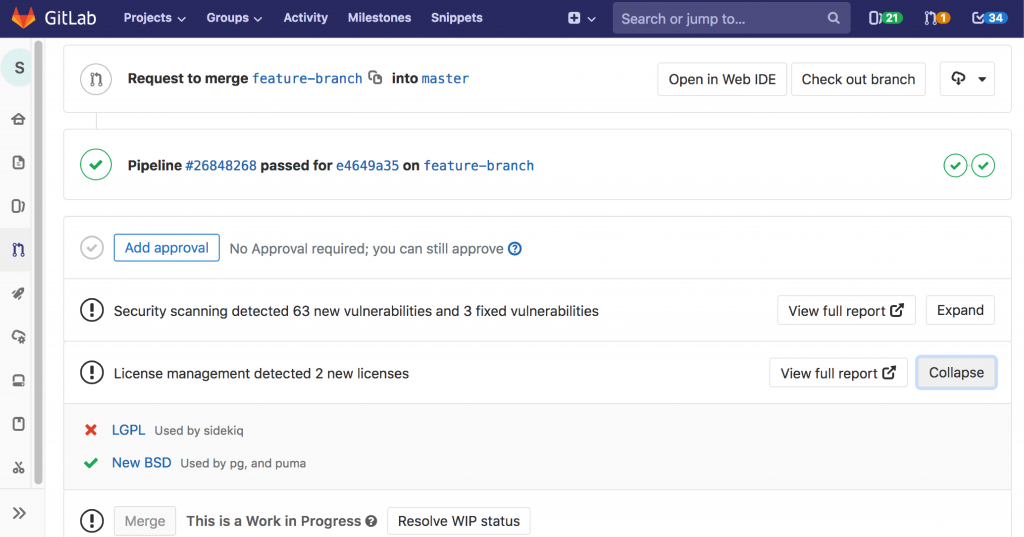 Help security teams scan all the licenses within project dependencies and tally them with an approved or denied list.
Help security teams scan all the licenses within project dependencies and tally them with an approved or denied list.- Automatic search for approved and unapproved licenses in project dependencies based on company policies.
- Generate project-based custom license policies.
Security Dashboard
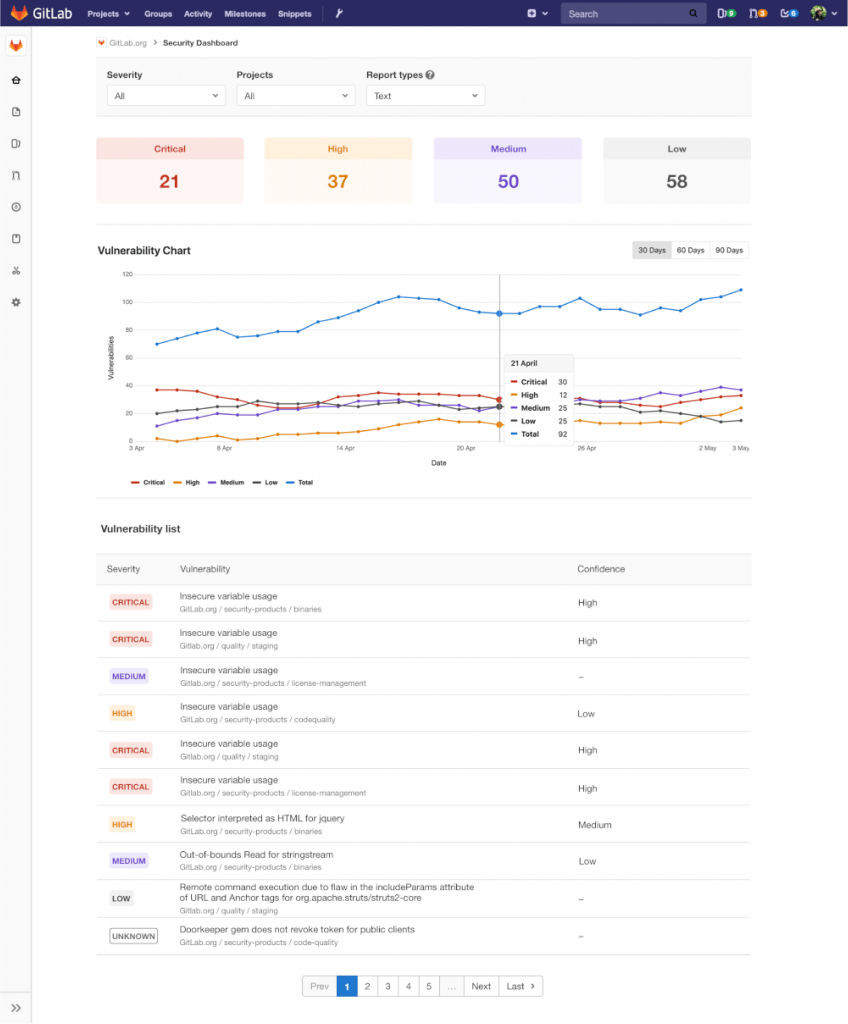 The Security Dashboard is a primary security tool that is available at the group and product levels. It provides an overview of security status and actionable insights to start a remediation process. This tool provides data visualizations for easy consumption of performance information.
The Security Dashboard is a primary security tool that is available at the group and product levels. It provides an overview of security status and actionable insights to start a remediation process. This tool provides data visualizations for easy consumption of performance information.
Secret Detection: Secret Detection scans the repository content to detect sensitive API keys, tokens, and passwords that may get saved unintentionally to remote repositories. With Secret Detection, vulnerabilities are displayed by security scans in an intuitive UI for the developer to resolve them before deployment. The Security Dashboard and complete repository history scanning using SAST help prevent the accidental leakage of secrets.
Auto Remediation: Auto remediation offers automated vulnerability solution flow and fixes. Then, you can test the fixes. Once they pass, you can deploy all the tests for the application to the production environment.
Feature Flags: GitLab Secure also adds an Operations Dashboard called Feature Flags, in addition to their Kubernetes-native integrations and Multi-cloud deployment support. Feature Flag is a technique that reduces maintaining multiple branches in the source code (known as feature branches) to test the software feature during runtime before it is released. Feature flag linchpins a progressive delivery strategy allowing multiple software iterations to be simultaneously delivered without constant branching and merging costs.
Setting up DevSecOps CI/CD Using GitLab
Prerequisites
- An existing or new GitLab Account.
- Set up for a new GitLab Project.
Step 1: In your GitLab project, navigate to your repository.
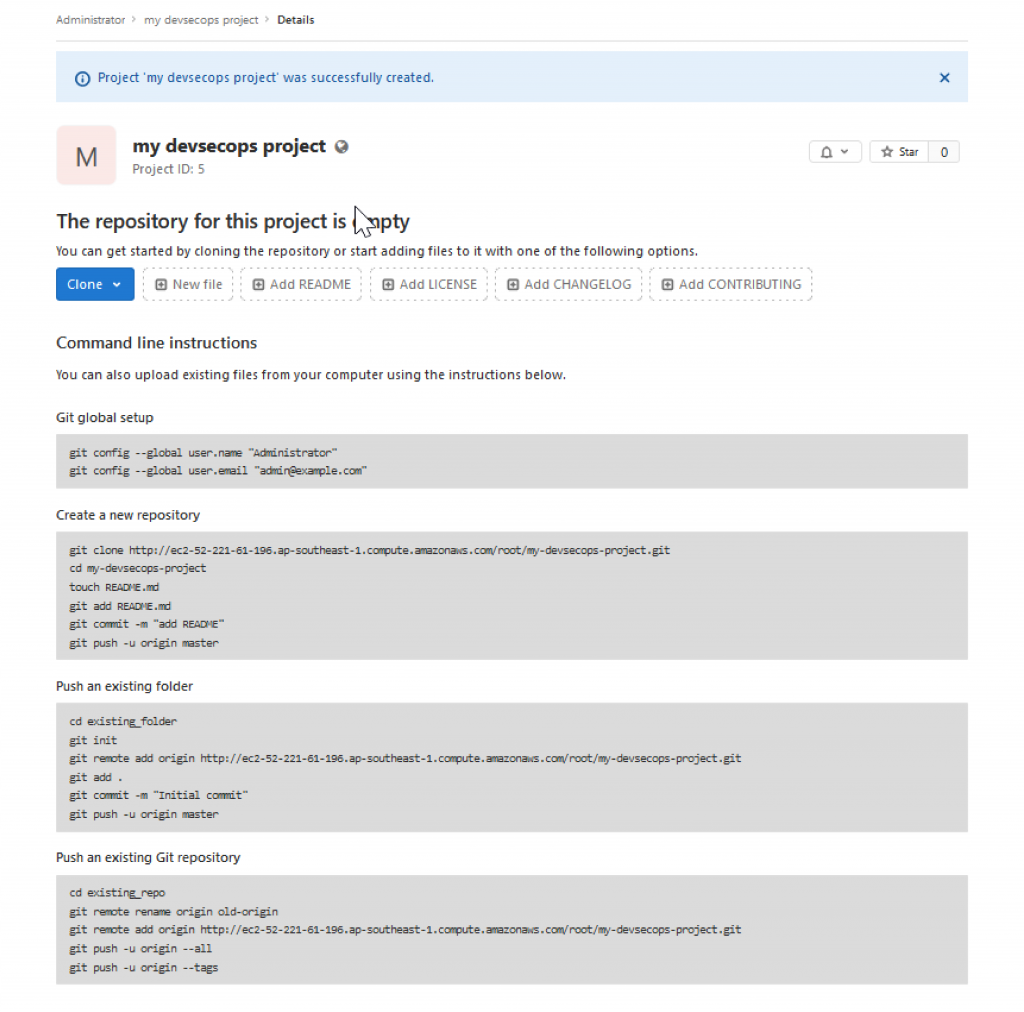 Next, add your source code to this repository using your IDE tools.
Next, add your source code to this repository using your IDE tools.
Step 2: Add a new .gitlab-ci.yml file for the CI/CD pipeline stages, tasks, etc. GitLab will auto-detect any changes to this file and run your CI/CD pipeline once any changes or updates occur.
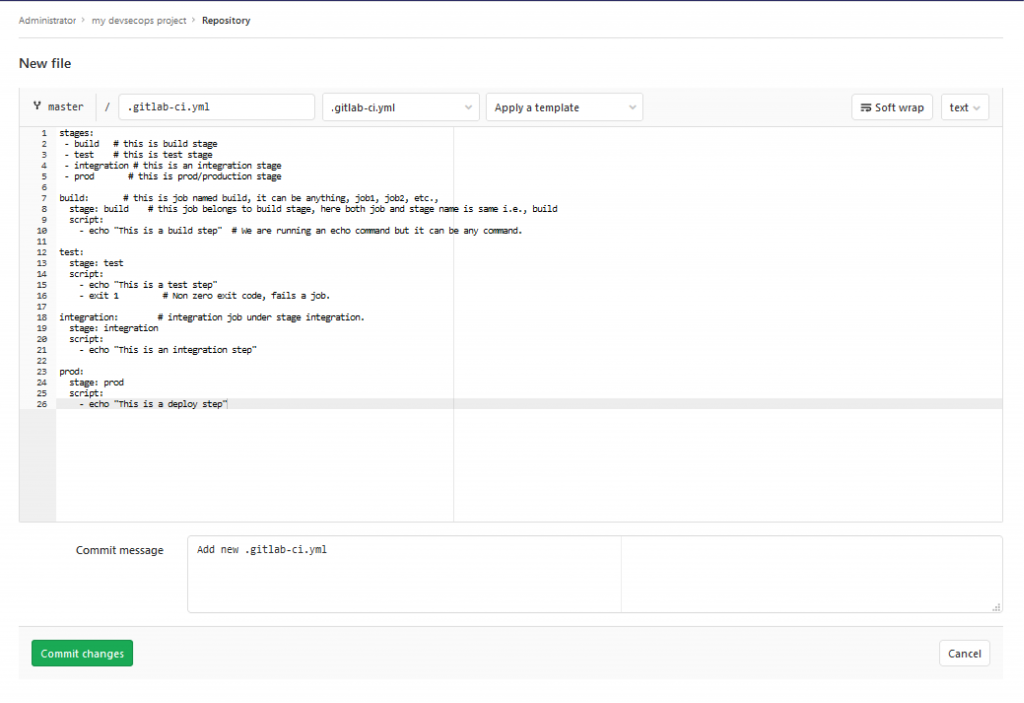 Step 3: Set up GitLab Runner to run jobs in the CI/CD pipeline. You can access this Runner at Setting -> CI / CD -> Runner.
Step 3: Set up GitLab Runner to run jobs in the CI/CD pipeline. You can access this Runner at Setting -> CI / CD -> Runner.
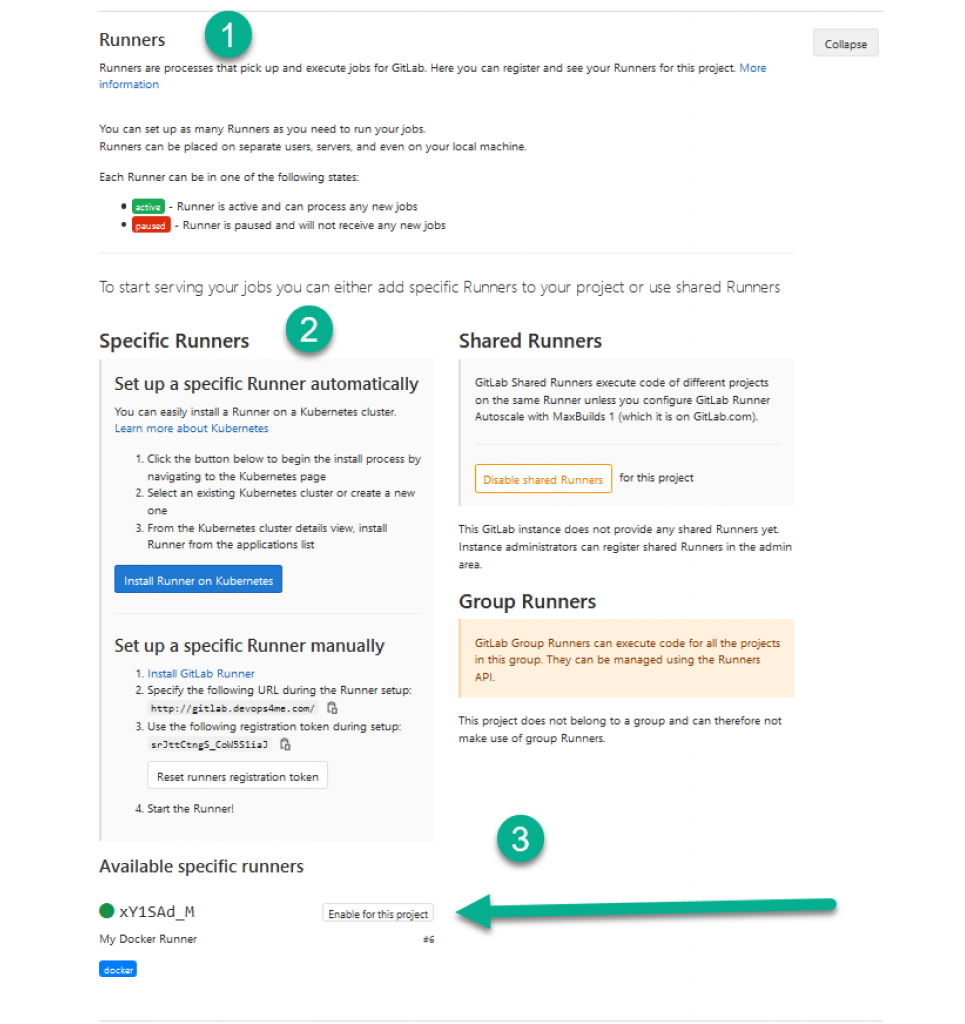 Step 4: Redeploy your CI/CD pipeline by navigating to project -> Pipeline -> Run Pipeline.
Step 4: Redeploy your CI/CD pipeline by navigating to project -> Pipeline -> Run Pipeline.
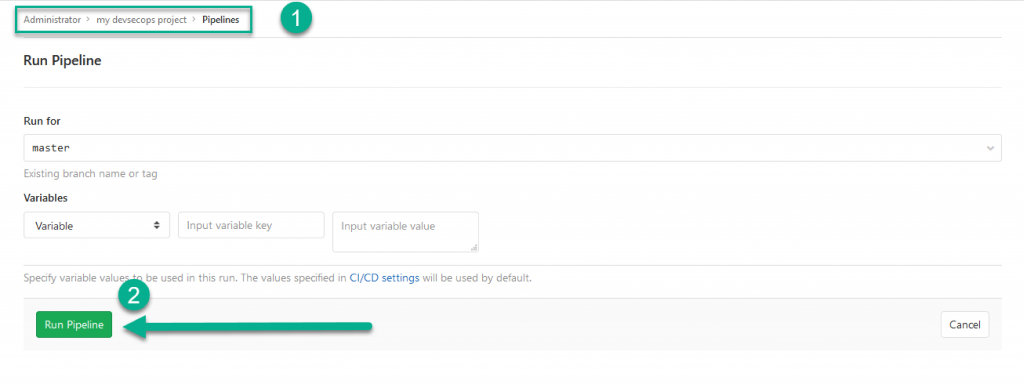 This will successfully set up your CI/CD pipeline in GitLab.
This will successfully set up your CI/CD pipeline in GitLab.
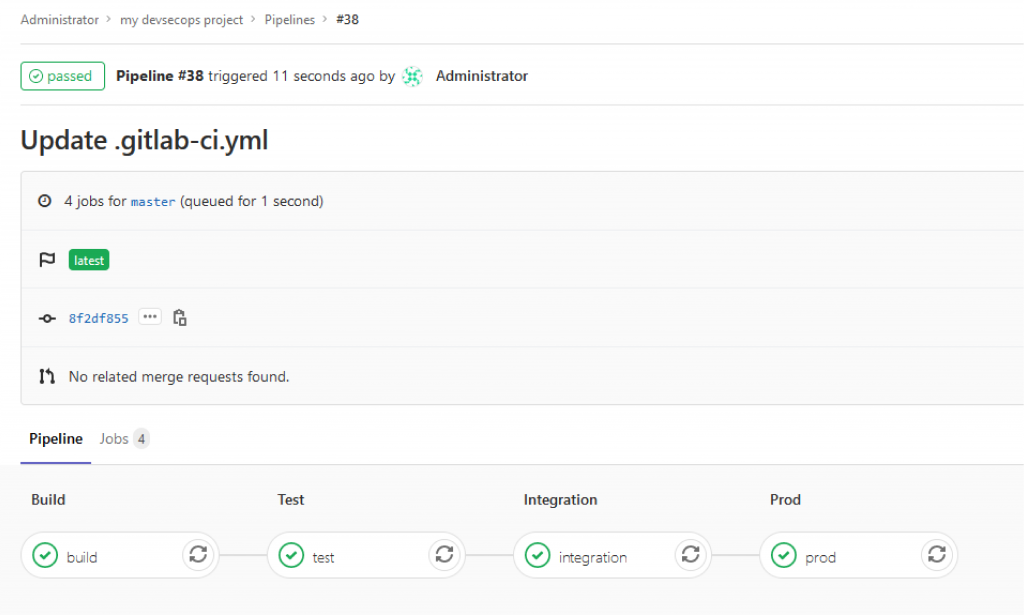 All the security features mentioned previously can be added to your DevOps CI/CD pipeline using Gitlab’s default security templates.
All the security features mentioned previously can be added to your DevOps CI/CD pipeline using Gitlab’s default security templates.
Step 5: Next, manually include the security scan templates in the .gitlab-ci.yml file in your existing project.
Step 6: Commit a change and observe your new DevSecOps CI/CD pipeline progress while checking your security and compliance board.
 Access your Security Dashboard and other security options using the left-hand menu in GitLab.
Access your Security Dashboard and other security options using the left-hand menu in GitLab.
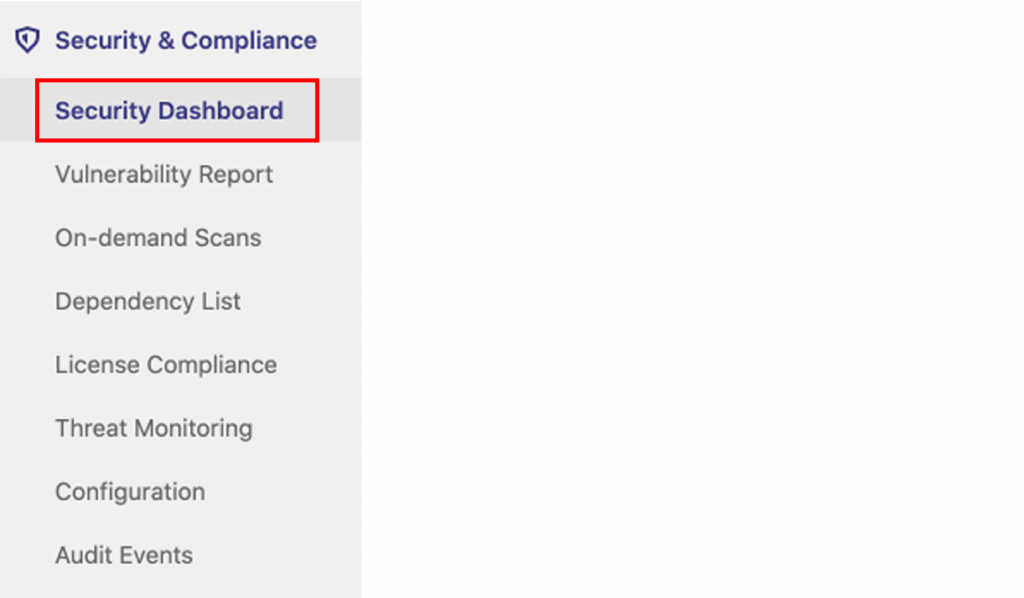
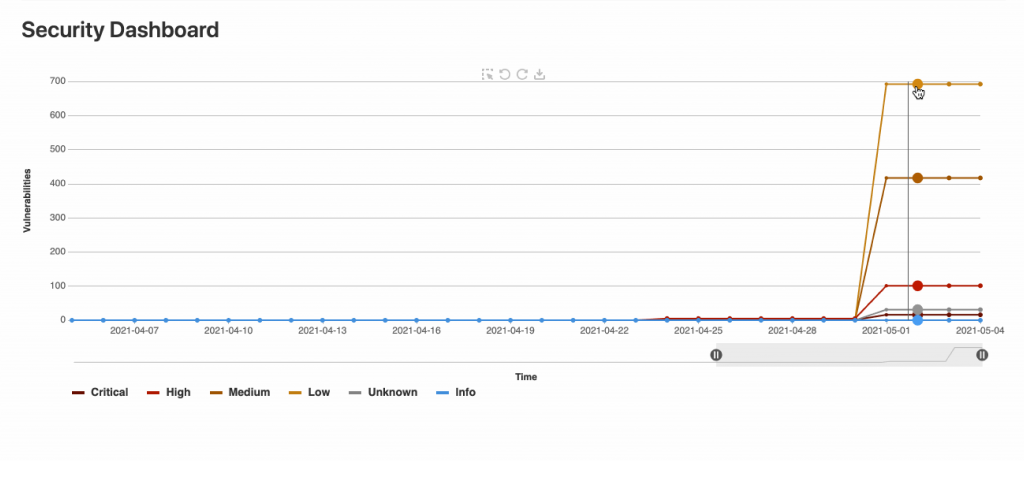
Any vulnerabilities will be displayed on the page in red color under Repository->File.
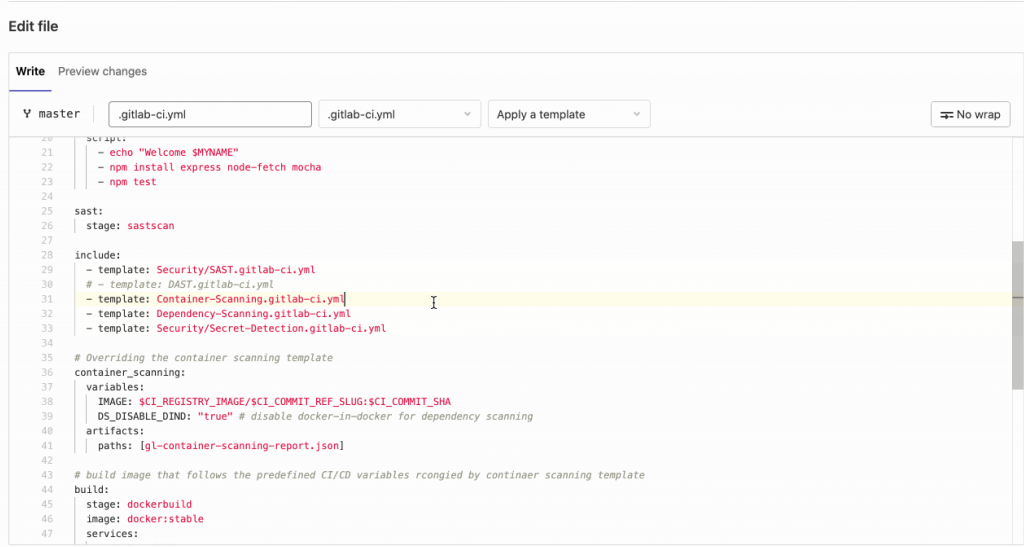 You can view the vulnerability report by clicking on Security & Compliance->Vulnerability Report
You can view the vulnerability report by clicking on Security & Compliance->Vulnerability Report
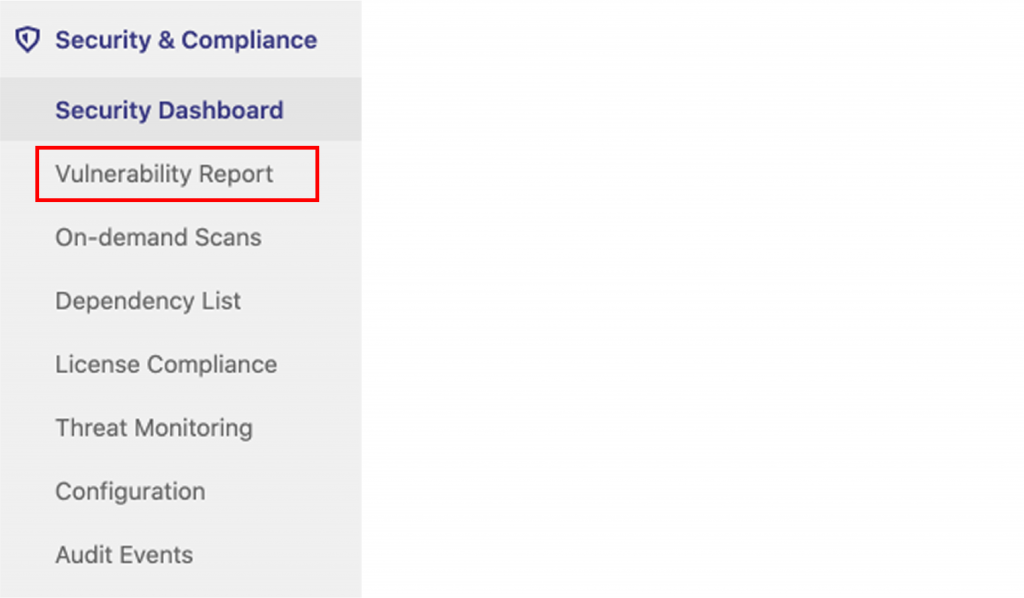
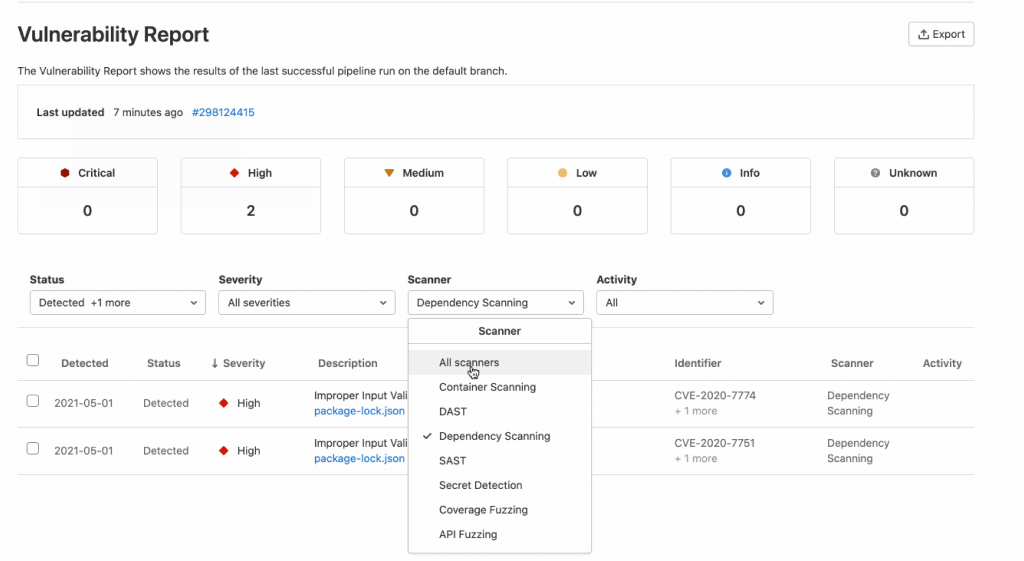 From here, you can keep improvising your app’s security by updating the node js, other docker container package dependencies and modifying your Docker file.
From here, you can keep improvising your app’s security by updating the node js, other docker container package dependencies and modifying your Docker file.
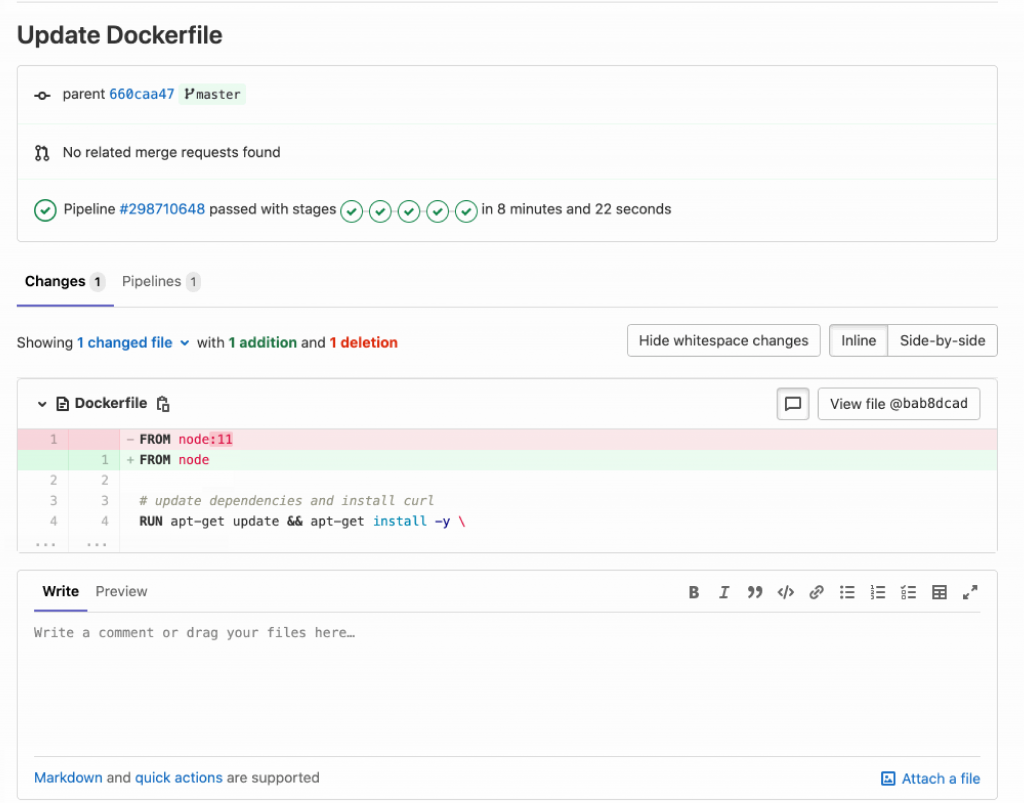
Parting Words
Overall, with DevSecOps available throughout the CI/CD workflow, a single application will help companies improve how they deliver code, reduce release cycles, and innovate. GitLab Secure is a DevSecOps game-changer that applies to governance, construction, verification, and deployment.
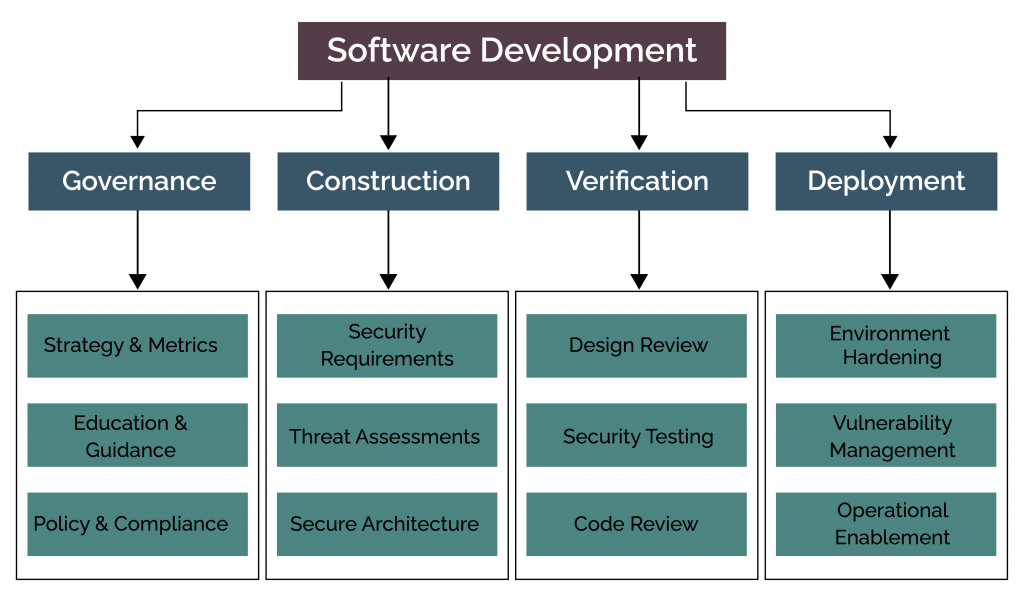 Radiant Digital empowers enterprises with an optimized DevSecOps framework using GitLab Secure. Let’s connect to discuss more.
Radiant Digital empowers enterprises with an optimized DevSecOps framework using GitLab Secure. Let’s connect to discuss more.


